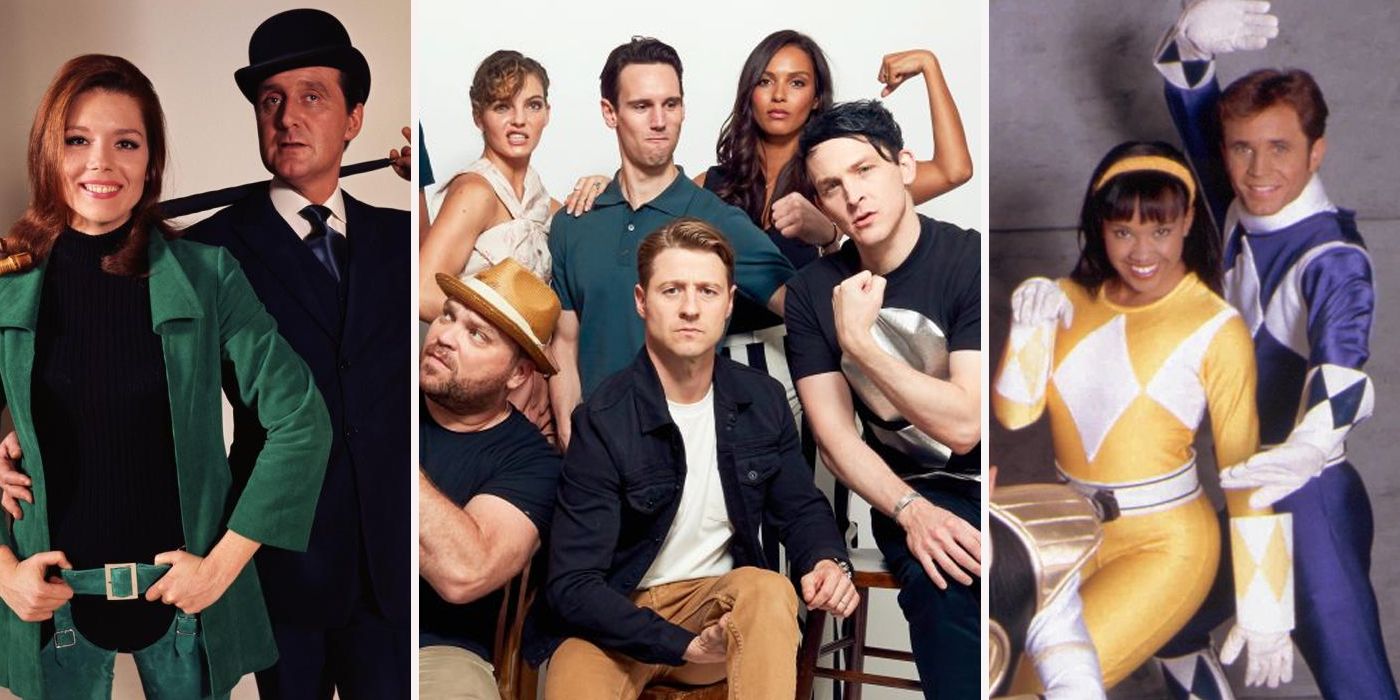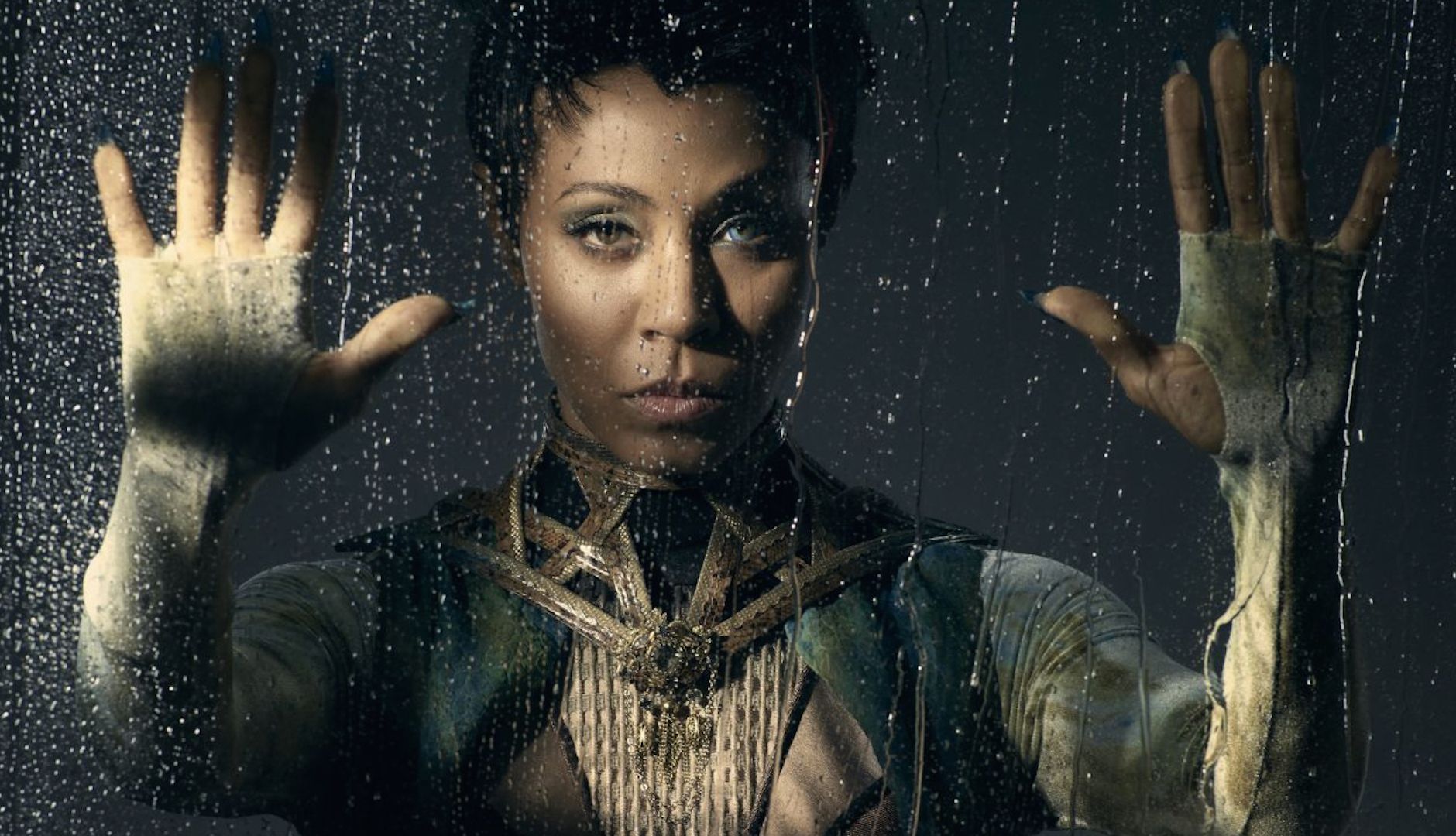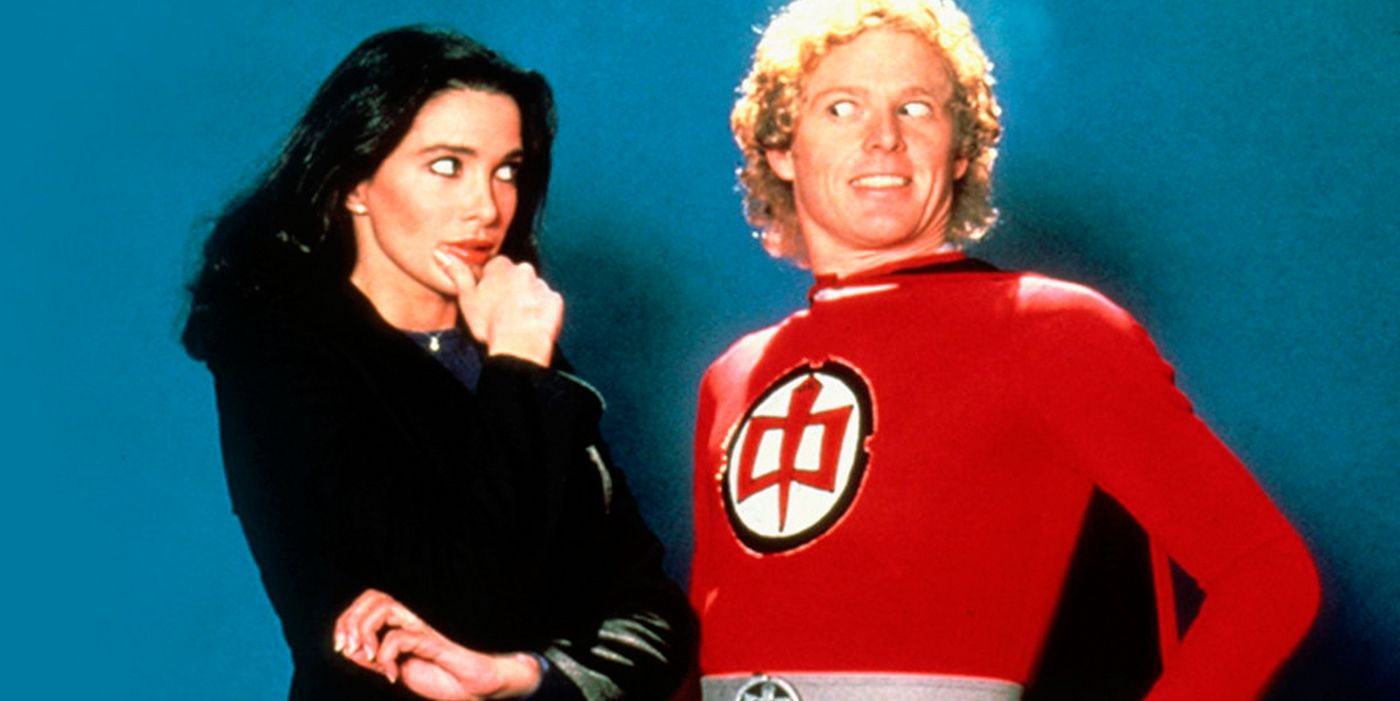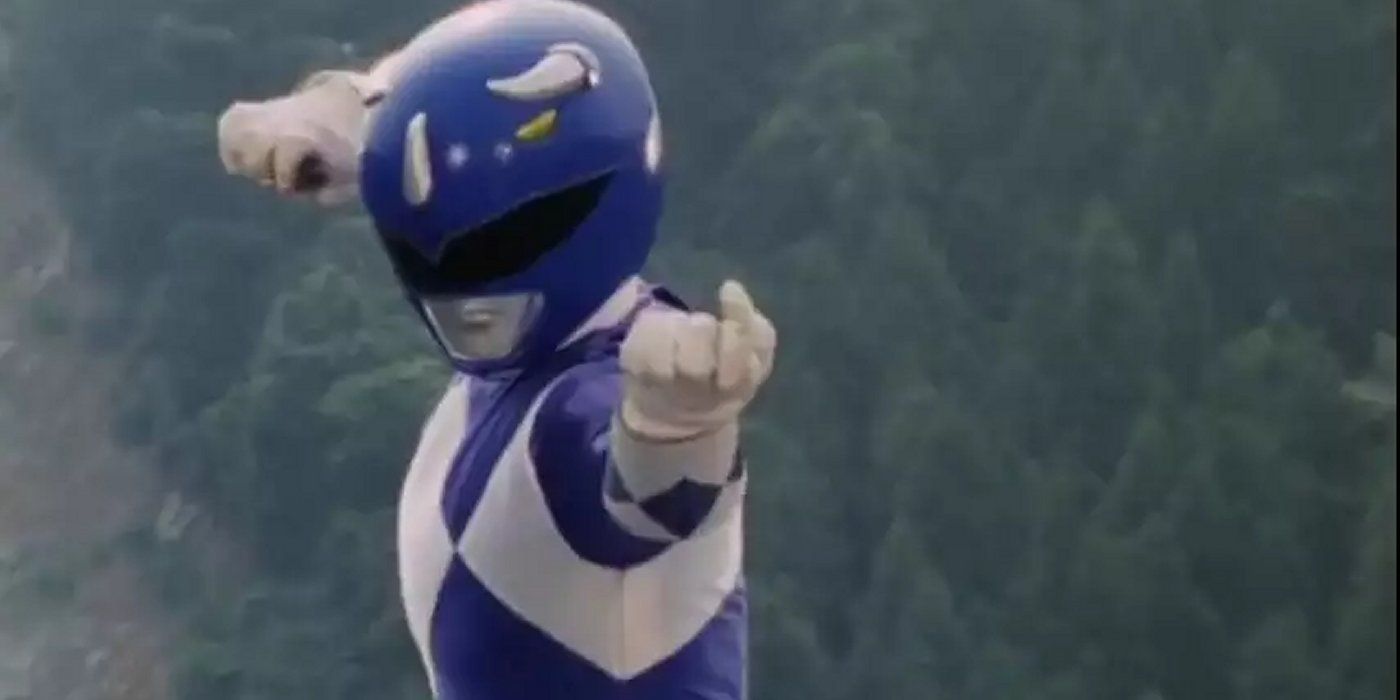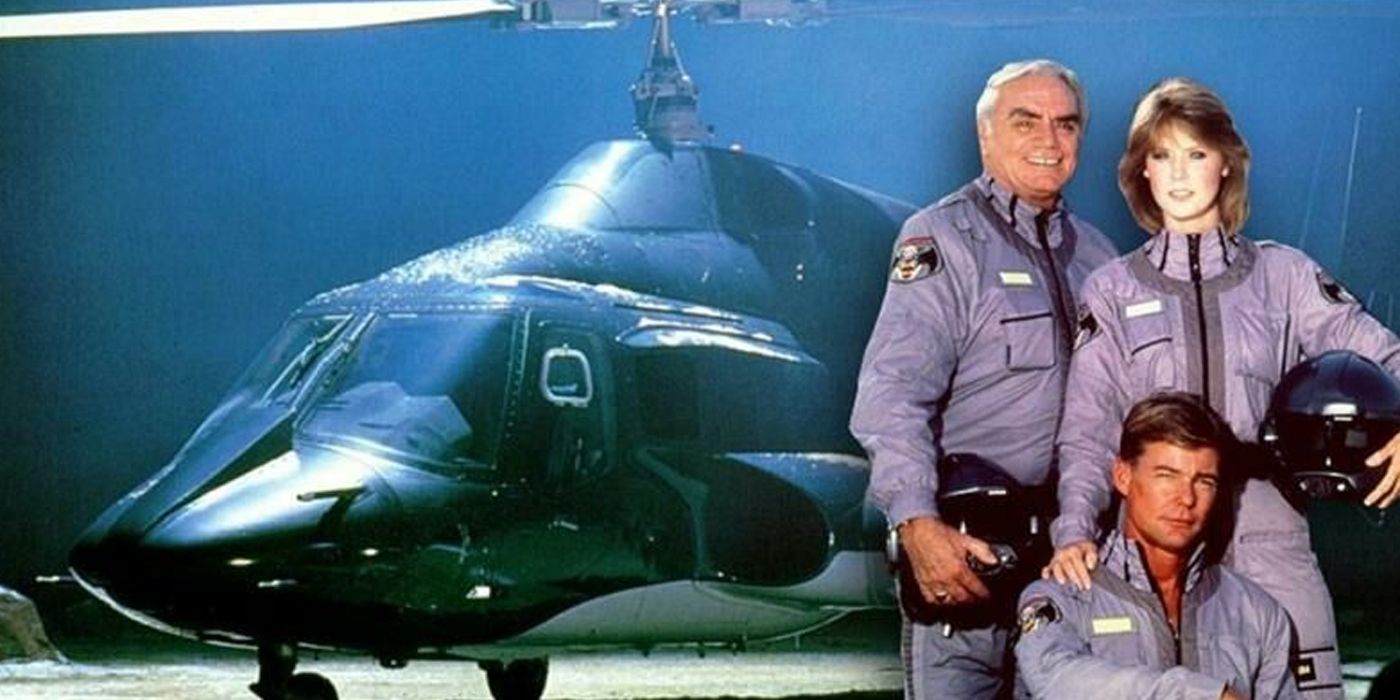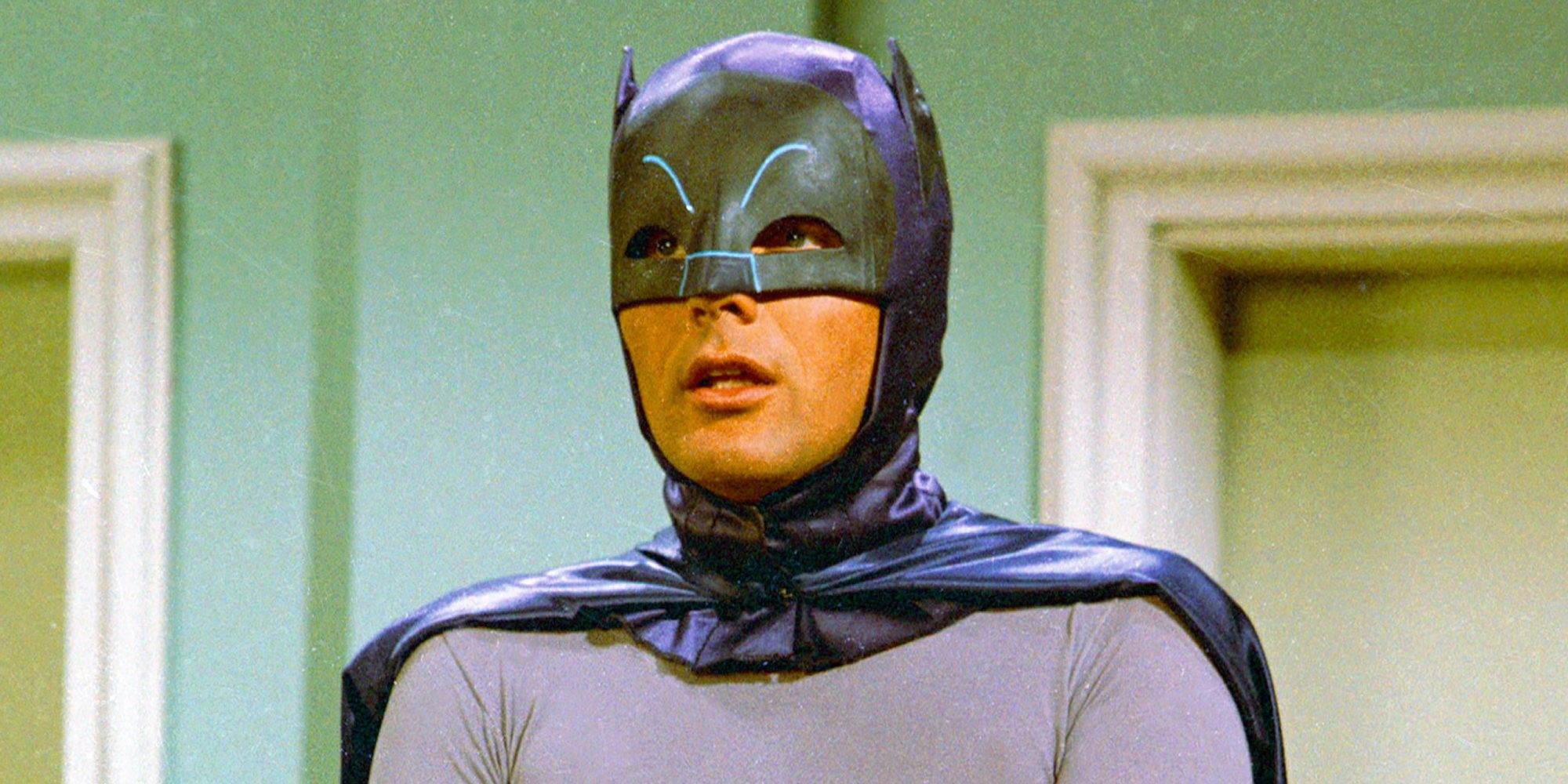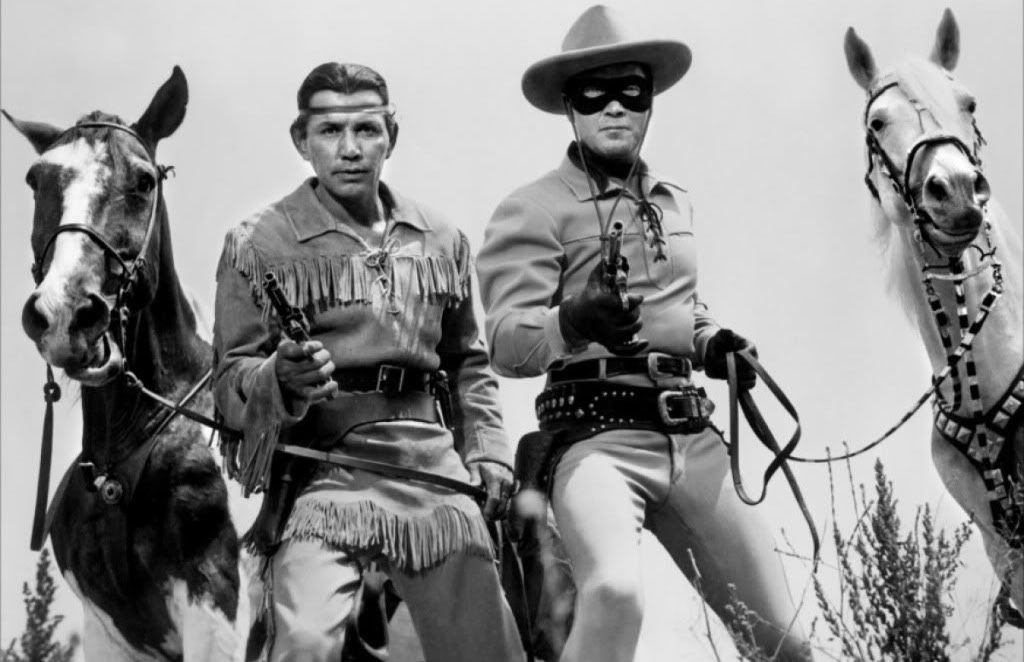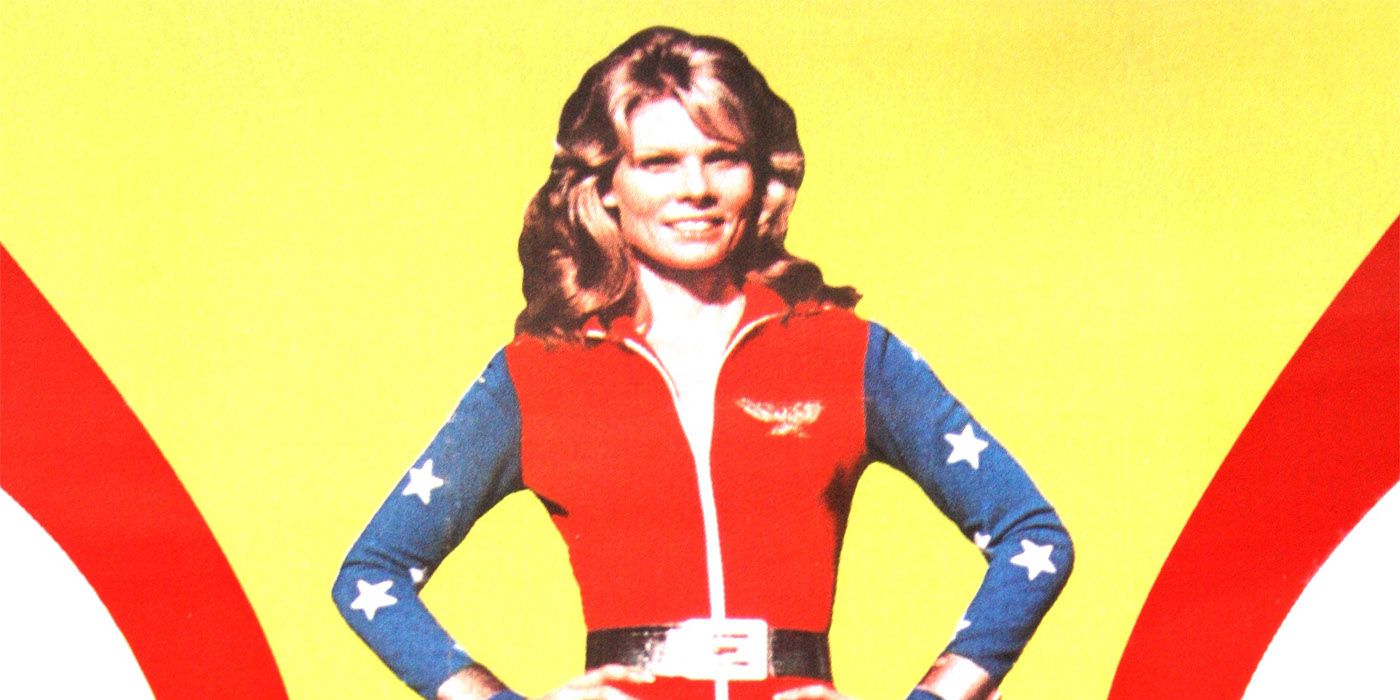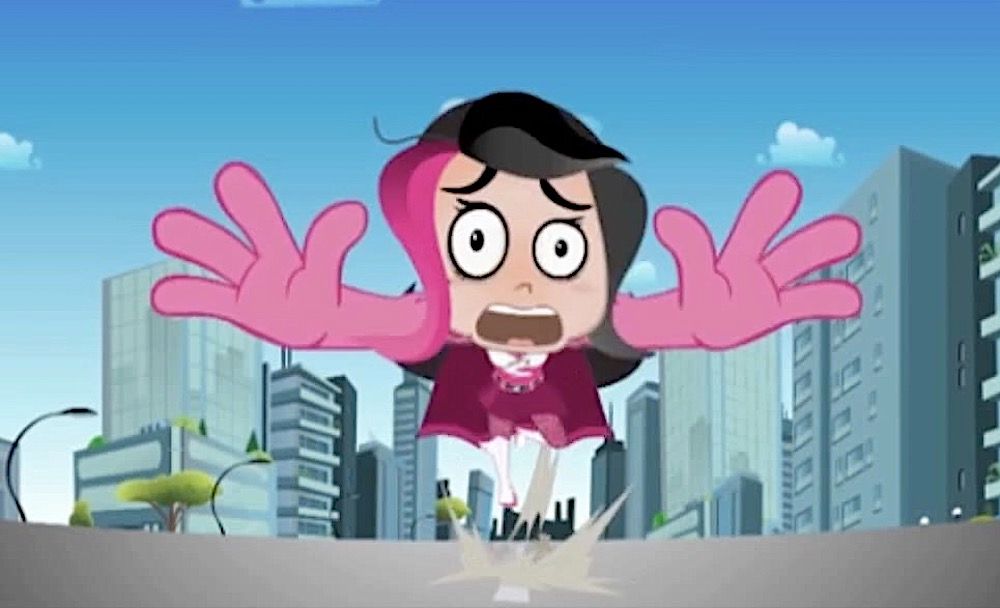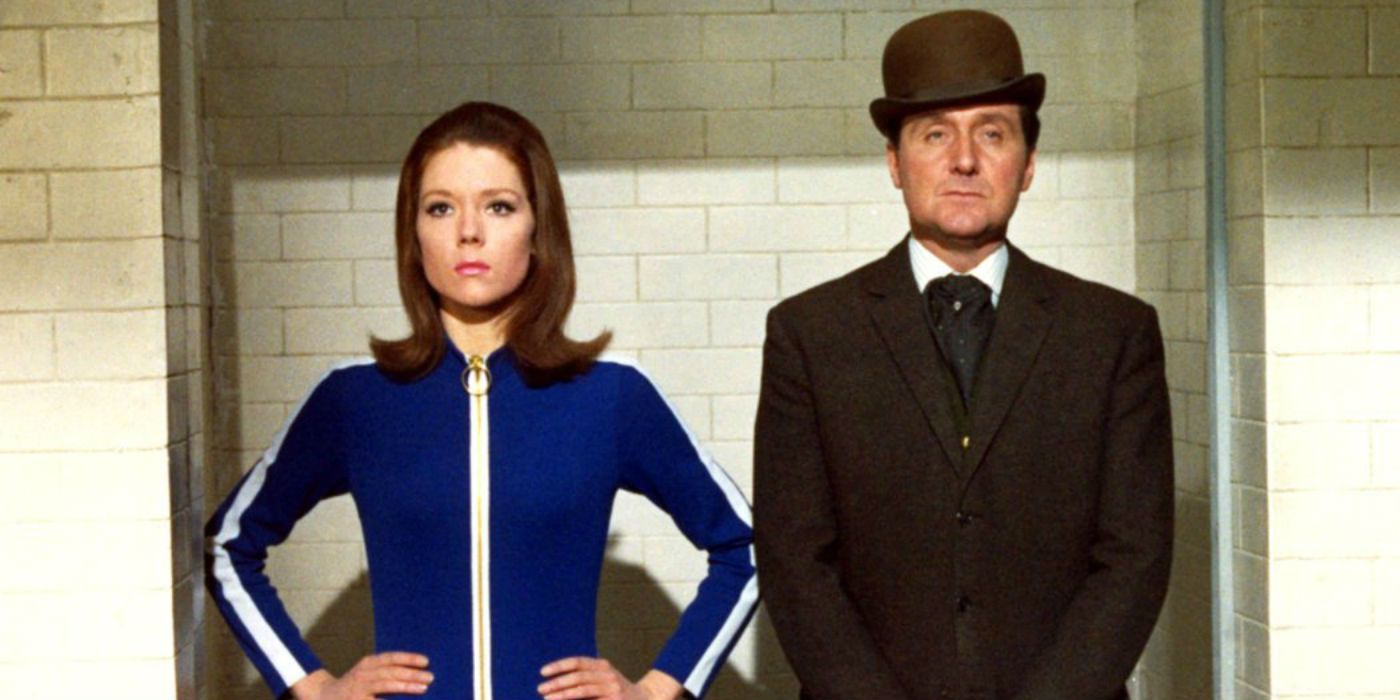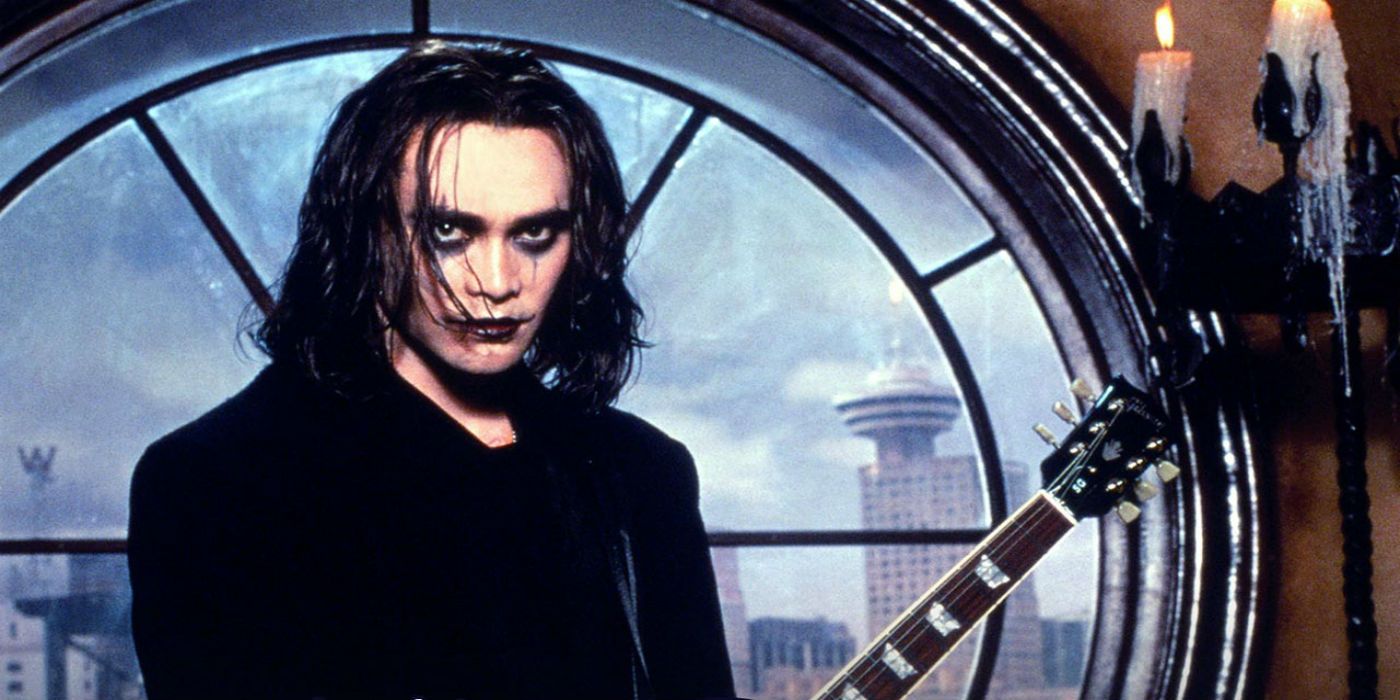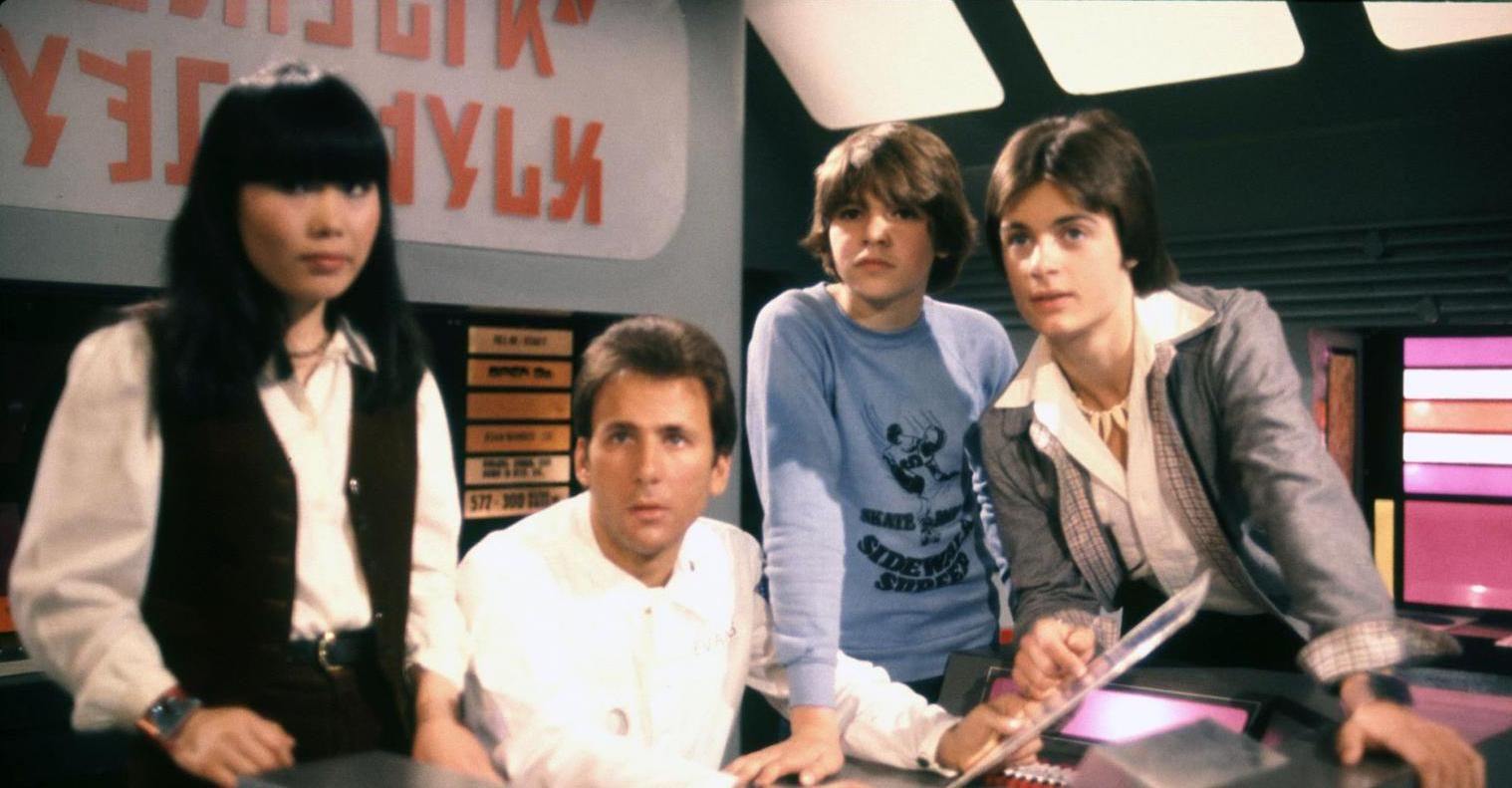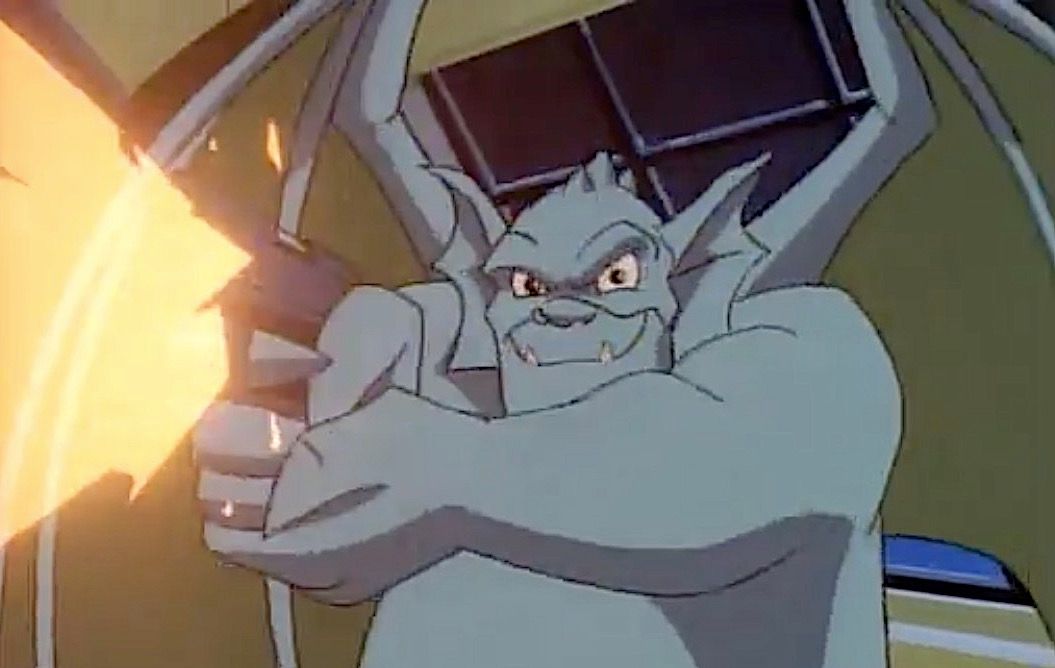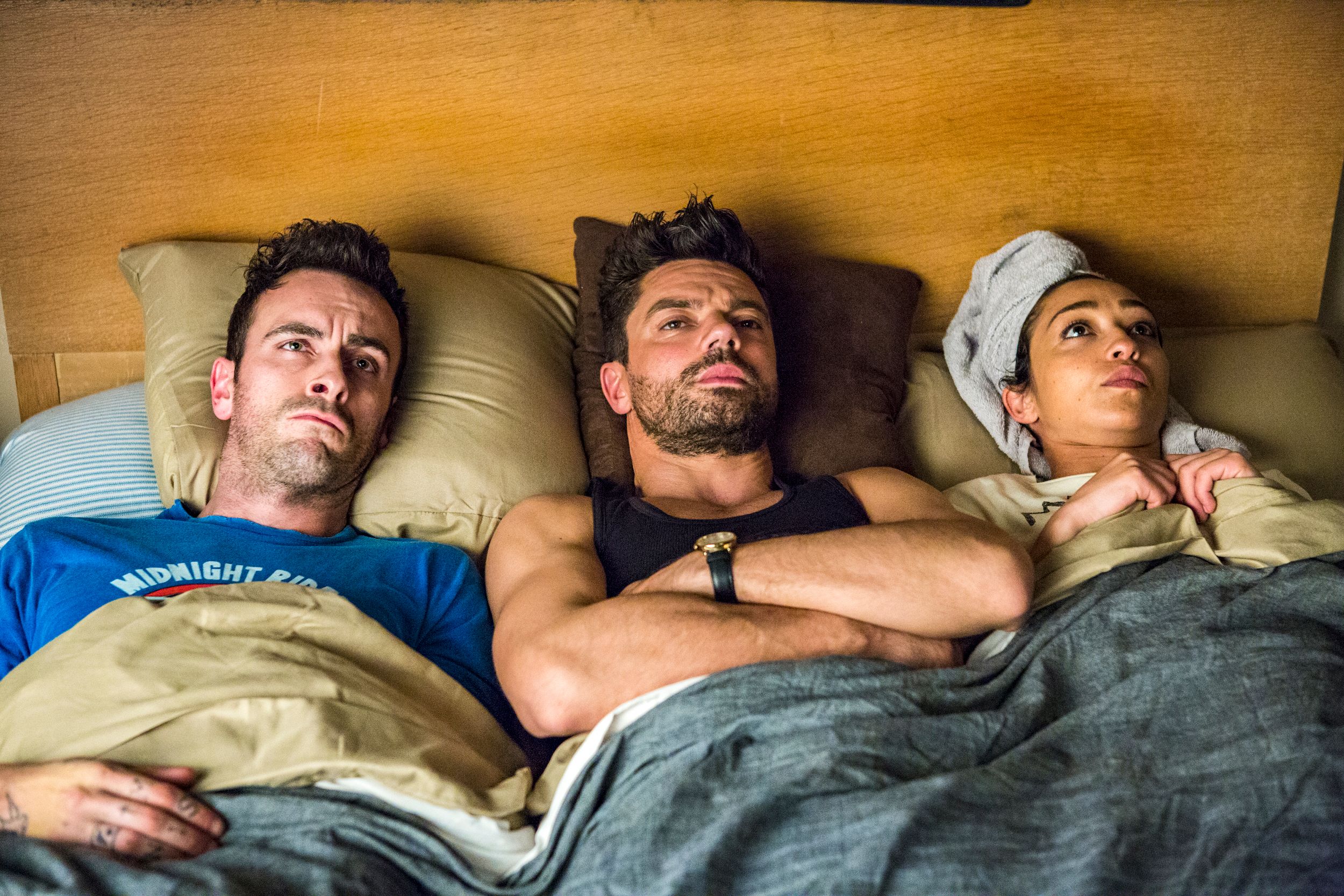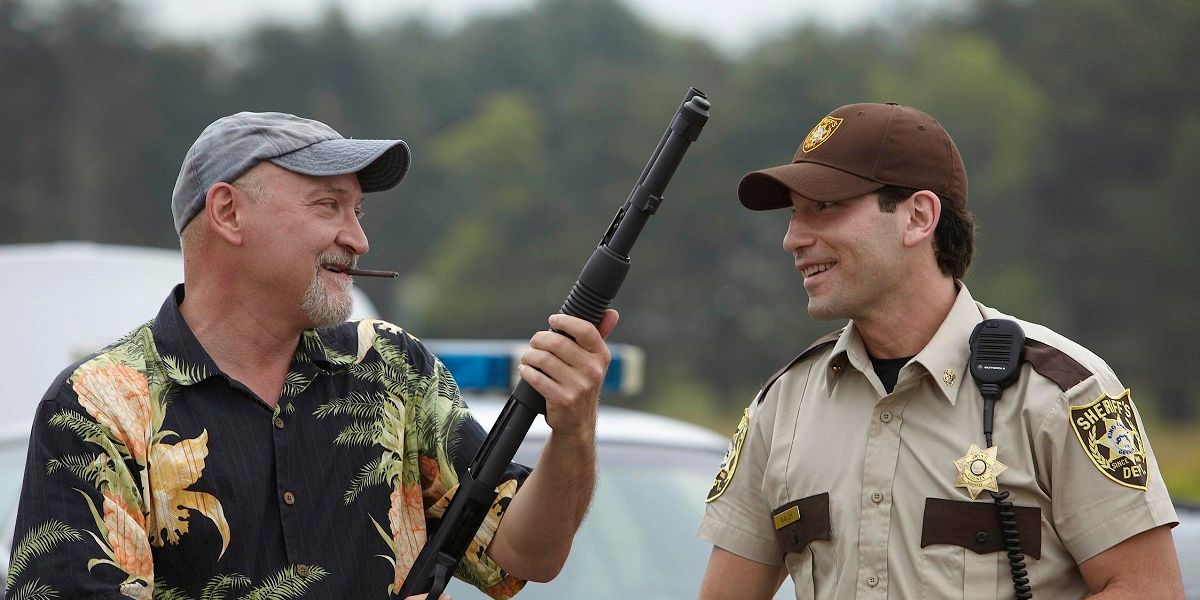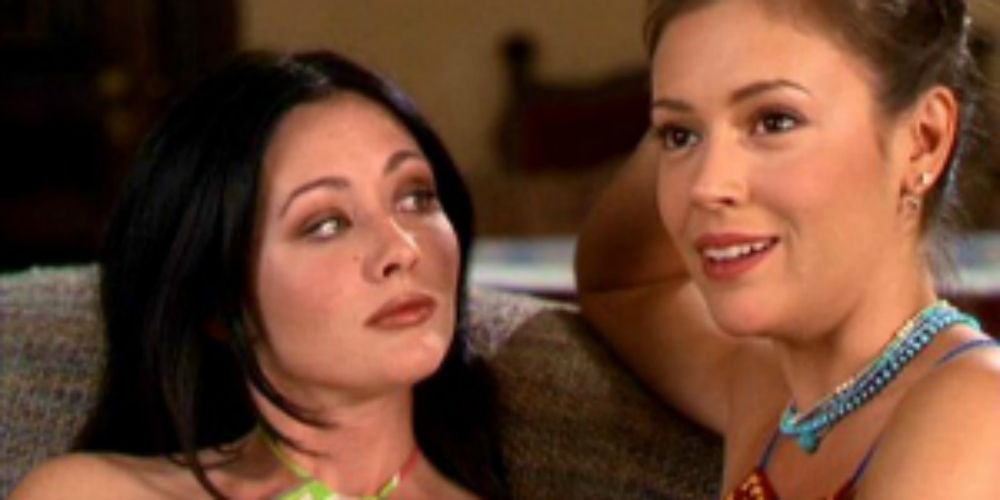TV is a volatile business sometimes, and that's true even of shows that aren't about superpowered nutjobs blowing everything up with their lasers and special abilities.
However, most of the stuff we've watched our whole lives either started as comics or were about beings with skills beyond those of normal people. Whether you like capes and masks or not, superhero TV shows aren't going anywhere.
It's not surprising, but these series have most of the same problems that other programs face. Such issues include production woes, budget constraints, cast and crew squabbles, and crazy accidents that nobody could have ever predicted. Other than the special effects and superheroes, these shows have a lot of extra baggage that is similar to other TV shows.
Superhero shows are full of such stories. While what ends up on screen is often glossy and presentable, it's not usually as fascinating as what went on behind the scenes.
Sometimes the effects of these scandals show up in the final product, while other times they remain hidden.
With that said, here are the 15 Behind The Scenes Controversies That Almost Ruined Superhero Shows.
Gotham's regrettable stunt casting
We know how hard it can be to find stunt performers who look enough like the characters they’re doubling in order to fool the audience. However, it isn’t as difficult as Warner Bros. made it a few years ago during production on its Batman prequel series Gotham.
Apparently, no union law says that a stunt performer and character have to be the same race, but that doesn’t mean that it’s not a good idea. Warner drew some ire over its decision to “paint down” (i.e. “apply blackface to”) a white woman so that she could double for a black actress.
Viewers learned of this plan during a makeup test, and luckily Warner still had time to hire a more suitable stunt actor for the job. However, the fact that they got as far as they did without anybody involved in the decision thinking twice is still pretty shocking.
The Greatest American Hero gets a super-sized lawsuit
The Greatest American Hero -- which has a reboot coming soon -- is one of the most delightful superhero TV shows ever, and if the theme song isn’t already in your head, that’s only because you haven’t heard it yet.
It’s about a schoolteacher who receives a supersuit from alien visitors. However, he almost immediately loses the instructions, so he has no idea what powers he has or how to use them. This left the writers free to come up with abilities as the plot required, which sounds lazy but is pretty incredible in action.
It aired in the early ‘80s, and Warner Bros. filed a lawsuit claiming that Hero was a knockoff that ABC produced when it couldn’t get the rights to a Superboy series. Warner cited its use of outer space and the Statue of Liberty as clear attempts to rip off Superman, but the court dismissed the case because that's some thin logic.
The abuse of the Power Rangers
Mighty Morphin Power Rangers seems like a silly chunk of ‘90s children’s fluff TV, and it was. However, one member of the cast suffered terribly for his art.
David Yost, who played Blue Ranger Billy Cranston, experienced endless bullying from the crew and gossip about his orientation. He didn’t come out publicly until 2010, but that didn’t stop the speculation and abuse.
“It became very frustrating because I didn't want to be gay, and to have all these people saying things about me,” Yost said in an interview with NBC Out. “It was very detrimental to my mental health and started to take a toll on me to the point that I became suicidal while I was on the show.”
Airwolf's pilot wasn't safe to fly
Airwolf told the story of a really fast, heavily armed stealth helicopter that unfortunately still needed a person to operate it. That’s not so much a knock against the show, but with all of the gadgets that the creators crammed into that thing, we don’t know why it also wasn’t just a robot.
Jan-Michael Vincent played Stringfellow Hawke, the only person skilled (or crazy) enough to fly the superchopper. While Hawke didn’t have any trouble operating this heavy machinery, Vincent would have had some trouble.
The actor had a history of drug abuse and legal trouble, including multiple counts of felony assault, drunk driving, and domestic abuse. It’s probably hard to plan a shooting schedule around court dates. However, Airwolf somehow managed for three seasons.
Batman clogged the Bat-channel with ads
The campy ‘60s Batman TV series was already slightly controversial when it started. Fans who were expecting a faithful adaptation of the Caped Crusader and his dark, brooding comic book adventures weren’t sure what to do with the silly, brightly colored world they got.
It caught on because it was so weird and funny, but the producers ran into some problems from the network thanks to a controversial decision.
Broadcaster ABC structured the series to fit in a fourth minute of commercials during its 30-minute slot. That was one more than the customary three minutes. While our modern-day standard of seven or eight minutes of commercials per half hour makes this seem like the tiniest of deals, one station took a stand.
The Baltimore affiliate refused to air Batman over the ad increase, so ABC just sold broadcast rights to the NBC channel.
The two Lone Rangers
We’re currently on our sixth James Bond, seventh movie Batman, and 13th lead on Doctor Who, so the idea of swapping out actors for the same role is nothing new to us.
However, it was a pretty alien concept back in 1952 when producers suddenly fired the original star of The Lone Ranger, Clayton Moore, and replaced him with John Hart.
The reason for the switch wasn't clear. Moore claims in his autobiography that he has no idea why it happened, but the commonly repeated story was that it was a contract dispute. The network assumed that since the character never takes his mask off, it didn’t particularly matter who was wearing it. However, the network was wrong.
Fans never quite took to Hart, which we get because look what happens every time Warner announces a new actor playing Batman. Moore returned a few years later.
Wonder Woman's disastrous first pilot
Your first thought when someone mentions a Wonder Woman TV show is probably Lynda Carter and her star-spangled hot pants. However,But that version almost didn’t make it to screens because it was actually the network’s second shot at the series.
A 1974 pilot starred actress and former tennis player Cathy Lee Crosby in the lead role, which was not the traditional version of the character that we know and love today.
Instead, this Wonder Woman resembled the comic run from 1968 to 1972, which had Diana giving up her Amazon powers to go live above a mod clothing shop and learn martial arts from an elderly mentor.
Having an unpowered Wonder Woman was good news for the special effects budget, but it didn’t inspire interest in the show. Luckily, ABC tried again with the more traditional version, and the classic series premiered in 1975.
SheZow gives people the wrong idea
The Australian animated series SheZow is about a kid who experiences just about every young person’s dream when he finds a magical ring that transforms him into a superhero. Unfortunately, the new power comes with a catch: the superhero he becomes is a woman.
SheZow’s comedy has all the trappings you’d expect, including the hazards of learning new powers and protecting one’s secret identity. However, it gains an extra layer from the cross-dressing element, and that’s where some viewers had problems.
Conservative media watchdog group One Million Moms, which organizes boycotts for shows that it feels to be promoting “the homosexual agenda,” decried SheZow for using transvestism for laughs instead of the serious, society-burning practice that they believed it to be.
The show’s creator, Obie Scott Wade, countered by saying that the main character is “just trapped in a silly costume,” and he wasn’t thinking any deeper than that.
The Avengers' ridiculous wage gap
The ‘60s British espionage series The Avengers was a stylish, fun show, but we understand that many viewers might not know this if all they'd seen was the 1998 movie adaptation with Sean Connery and his group of bear-suited goons.
Despite including Thor or Captain America, the original show was one of the coolest things on TV. However, do you know what isn’t cool? Wage inequality.
Co-star Diana Rigg, who played Emma Peel from 1965 to 1968, didn’t feel like the producers valued her very much. She was right-- the actress learned that the show was paying her less than the camera operator. T hat’s not to devalue the invaluable work of the camera operator, but we don’t blame Rigg for wanting payment more on par with her male costar.
The producers gave in, but Rigg left the show a couple years later-- and the series just wasn’t the same after that.
The Crow: Stairway to Heaven continues a sad tradition
The 1994 action movie The Crow is probably most famous for the death of its star, Brandon Lee, during filming. Unfortunately, its spinoff series has a similar distinction.
Stairway to Heaven ran for a single season from 1998-1999, and we remember it for two reasons. The first is that star Mark Decascos also appeared as The Chairman on Iron Chef. The second thing we remember it for is that a stunt performer died during filming.
Marc Akerstream was on set when a chunk of debris from a planned explosion hit him in the head. He wasn’t even involved in a stunt at the time. The crew had set up a safe distance and didn’t expect the blast to reach as far as it did.
The tragic accident delayed filming, but the series still premiered on time.
The Tomorrow People's creator tried to kill it
We’re talking about the original, 1973 version of The Tomorrow People and not the CW’s ill-fated 2013 remake. Unlike the later iteration, the first go lasted longer than a single season. It actually made it to 68 episodes, but it was almost way fewer than that.
The Tomorrow People was an X-Men-esque story about teenagers with superpowers and all the trouble that comes along with it. After three seasons, creator Roger Price, who wouldn’t let anyone else write the series, wanted to leave the show behind and work on more humorous projects.
Price came up with an idea to kill off the entire lead cast at the end of the season. However, only the intervention from producer and script editor Ruth Boswell convinced him not to burn the whole show to the ground.
Production company Thames Television also shortened subsequent seasons, which gave Price time to work on other things.
Gargoyles gets too real
Disney’s Gargoyles was about ancient, stone monsters who find themselves transported to modern-day New York, where they become a team of terrifying nighttime vigilantes. It was plenty of fun, but its eighth episode, “Deadly Force”, was completely serious.
In that episode, comic relief character Broadway is playing with a gun belonging to Elisa, the Gargoyles’ police detective friend, when it goes off. The bullet accidentally hits Elisa, Broadway takes her to the hospital, and spends the rest of the episode feeling guilty while his pals blame a crime lord for the incident and go after him.
Due to the violent content, “Deadly Force” didn’t air originally. It ended up showing later, but only after Disney made some sanitizing cuts.
The lord gets lucky on Preacher
It’s probably impossible to adapt a comic book by Garth Ennis without doing something ridiculously controversial.
“Dirty Little Secret”, a second-season episode of AMC’s Preacher hit the outrage quota for a year with its opening scene, which shows Jesus having an extremely graphic and intimate moment just before his arrest and crucifixion.
The creators had to know that god-fearing people would hate this, partly because angering Christians is one of the natural byproducts of both the books and the show.
Catholic League president Bill Donohue described the scene as “an assault on the sensibilities of all Christians, as well as people of good will who are not Christians.”
However, other fans were more offended by Jesus saying things like “What’s up?” and “Cool.”
The Walking Dead sues itself
The Walking Dead isn’t necessarily a superhero TV show, but it’s based on comics, so we’re counting it. Also, the behind-the-scenes drama is just too good to ignore.
It involves a series of lawsuits between most of the creative forces behind the show and AMC, the network that shows it. Original series developer Frank Darabont started things off after he suddenly left the show at the start of the second season.
Two years later, he filed a breach-of-contract suit alleging that AMC had cheated him out of profits by backing out on a promise to outsource show production and instead doing it themselves.
In August 2017, producers Robert Kirkman, Gale Anne Hurd, Dave Alpert, Glen Mazzara, and Charles Eglee filed their own, similar suits. Estimates put total claims over $1 billion, or in Hollywood terms, one Dark Knight.
Charmed loses a third of its main cast
Charmed was a fantasy series about the three sisters who were incredibly powerful witches and used their combined power to protect the innocent and fight demons.
Shannen Doherty, Holly Marie Combs, and Alyssa Milano played the sisters, and things went well until everyone remembered that they were working with Doherty.
The 90210 alum suddenly left Charmed after the third season, and the show killed off her character. Nobody offered a specific reason for the departure, but reportedly Doherty had conflicts with both costar Milano and the producers, questioned the cast and crew’s work ethic, and/or refused to sign a long-term contract.
Unfortunately, since the entire premise rested on three lead characters who are related, killing one of the sisters off put the writers in a tight spot. Rose McGowan joined the cast in the fourth season as a long-lost half-sister, and the show continued from there.
---
Can you think of any other behind the scenes scandals that nearly ruined superhero and comic book shows? Sound off in the comment section!

